Quiz Yourself
Plastic Pollution and Aquatic Environments
Plastic Pollution and Aquatic Environments
How much do you know about plastic pollution and our oceans? Take the quiz to find out.
There is a small wait at the end while we tally your results. Please stay on the page.
Approximately how many tons of plastic are currently floating in our oceans?

Based on observations from expeditions across all 5 subtropical gyres, coastal Australia, the Bay of Bengal and the Mediterranean sea from 2007-2013, researchers estimated to find 5.25 trillion particles of plastic which weighed out to approximately 270,000 tons.
Why are plastics harmful or lethal to coral reefs?

As our ocean continues to hold tons of plastic, large or small, they have great impacts on coral reefs which are very important for the maintenance of marine ecosystems. Comparing plastic free reefs to polluted reefs, the likelihood of coral becoming infected increases from 4% to 89%.
How do microplastics affect marine animals?

Marine animals are highly affected by microplastics. Often mistaking them for food, marine animals will ingest microplastics which can lead to many more issues such as internal deep cuts. Some fish might also die from starvation from ingesting too many microplastics. In the case of entanglements, marine animals caught in plastic might find be unable to swim.
How many marine species are affected by plastic ingestion?

Approximately 700 species of marine animals including fish, birds, whales, sea turtles, crustaceans, and shellfish have been affected by plastic ingestion. Plastic can release toxic chemicals such as flame retardants and preservatives causing internal damage which can affect hormone production and regulation.
What are some ways we can all help to reduce plastic debris?

These are all ways that we as individuals can help reduce plastic pollution in our oceans. If individuals, local businesses, and large corporations reduce the amount of single-use plastics and other common debris in our daily lives we can decrease a large amount of plastic that pollutes our oceans.
What kind of debris usually ends up in the ocean if not disposed of properly?
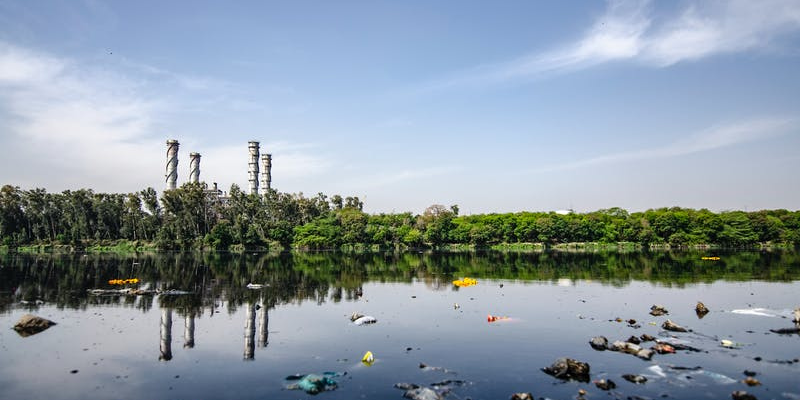
Single-use plastics, designed to be used once and thrown away, make up a large sum of the debris found in our oceans. During the Ocean Conservancy’s Coastal Cleanup in 2018, the top 10 items that were found as ocean debris were made of single-use plastic.
What size are microplastics?
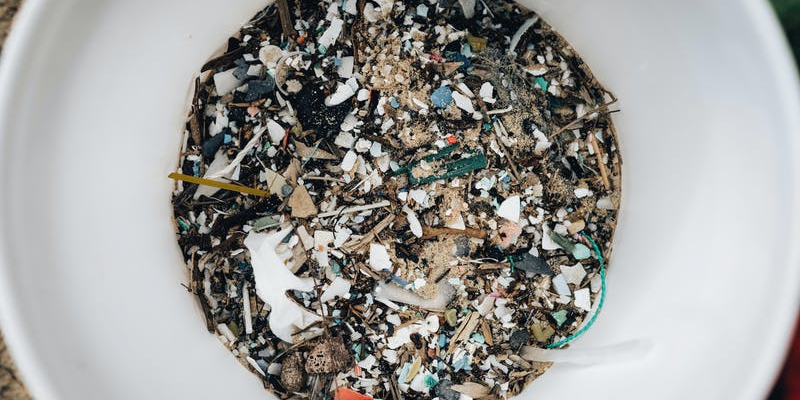
Microplastics are plastics less than 5mm in size. Plastic debris, regardless of size, can harm our marine environment and organisms. However smaller pieces of plastic known as microplastics enter our oceans from various soaps and face cleansing products in the form of microbeads which are made of polyethylene.
A small piece of a bathtub toy breaks off and finds its way to the ocean. Would this be considered a piece of primary or secondary microplastic?
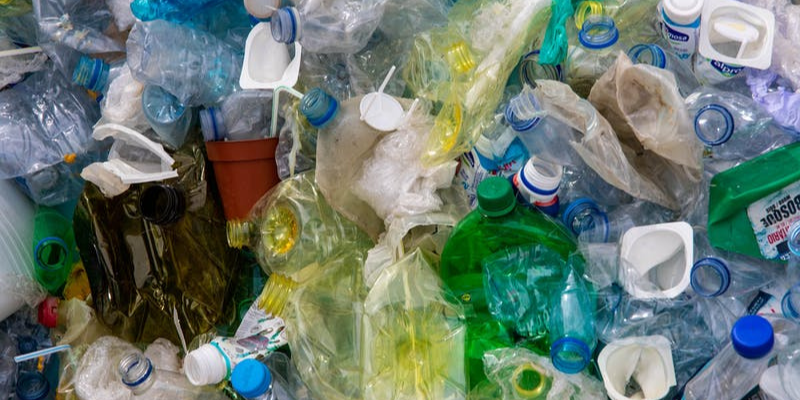
Secondary microplastics come from larger pieces of plastic that have been broken down. They can be formed in multiple ways. Heat from the sun or water can cause larger pieces of plastic to become brittle making them easier to break down. Plastic microfibers, another kind of secondary microplastic, can enter the ocean from synthetic clothing. Washing synthetic clothing releases plastic microfibers that find their way to our oceans causing them to be one of largest contributors of plastic pollution in the ocean.
What percentage of marine mammals have ingested plastic?
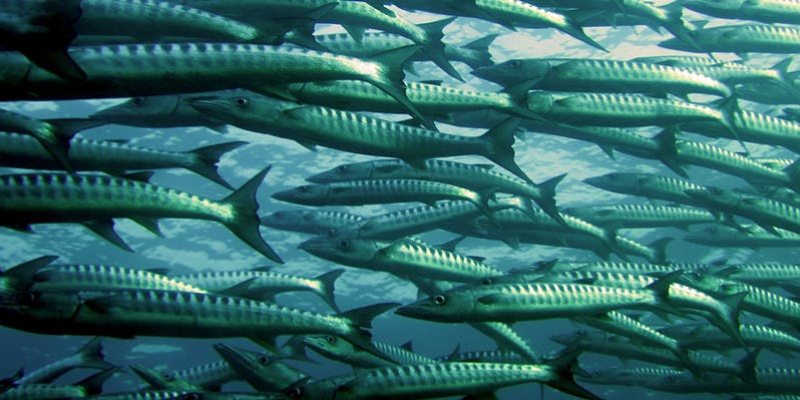
According to a study conducted in 2020, 56% of marine mammals have ingested plastic debris. These species include various whale, seal, and manatee species.
True or False: Plastic debris in the marine ecosystem only affects marine species.
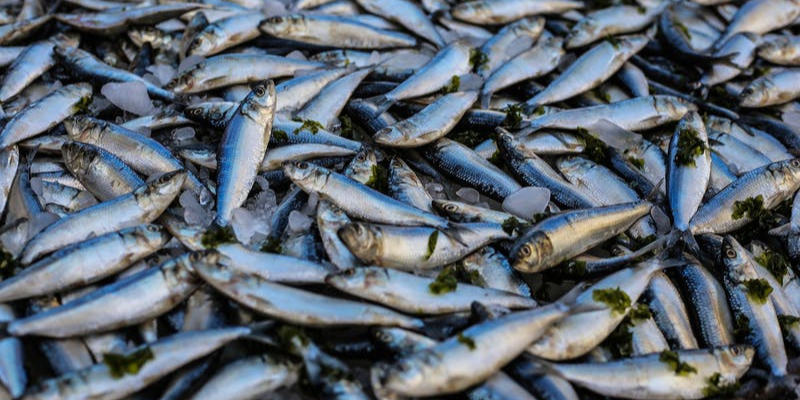
Plastic debris and microplastics have entered the food chain beginning in marine organisms such as fish. When humans sit down to eat a delicious meal of salmon or oysters, we also consume the plastic which can be detrimental to our health.


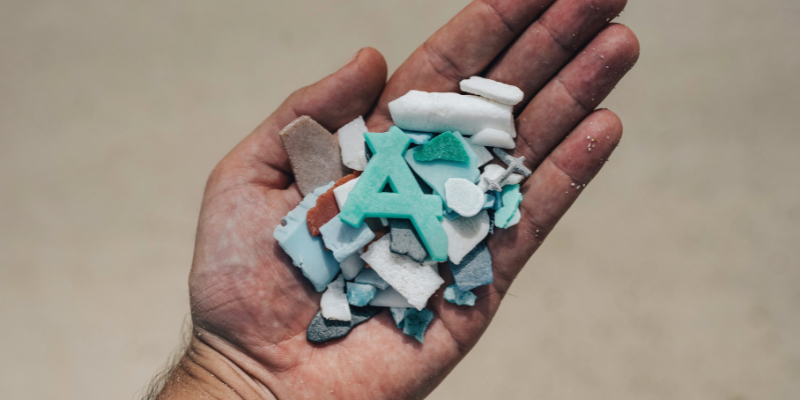
Share your Results:
Learned something? Check out our other quizzes:
Go back to quizzes